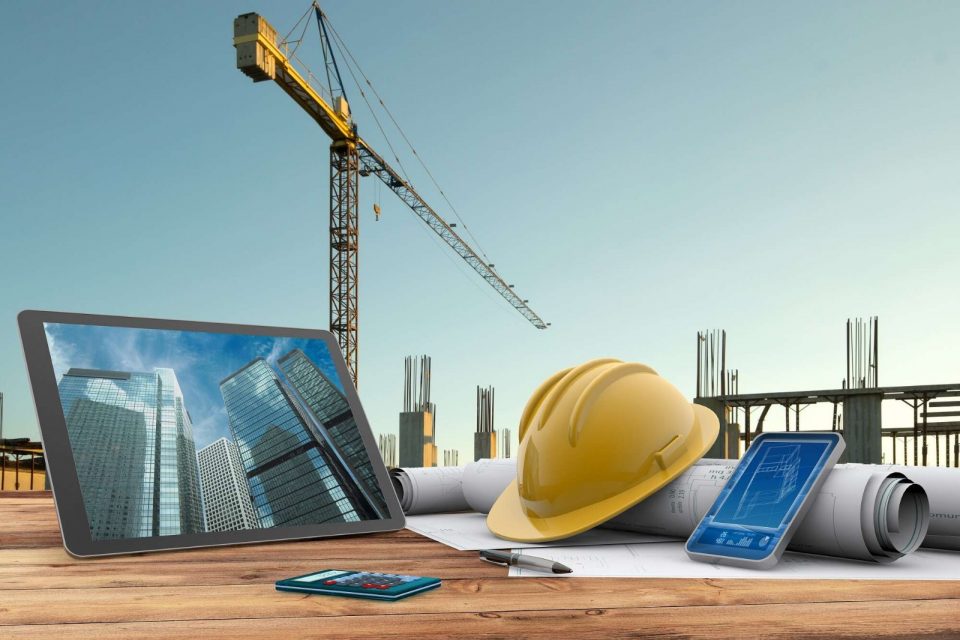Emerging Construction Technology Trends to Watch in 2023

In 2023, we anticipate a rise in construction firms’ interest in automation technologies such as drones, 3D printing, and autonomous vehicles. These technologies will enable construction firms to accelerate projects, and reduce errors, delays, and costs.
The construction technology field has witnessed a significant transformation in recent years, with various trends reshaping the industry in response to its evolving dynamics. From the Internet of Things (IoT) and advanced analytics to 3D printing and robotics, new technologies are revolutionizing construction practices. Here, we present the top construction technology trends that will shape the year 2023.
3D Printing
Since Professor Behrokh Khoshnevis of the University of South Carolina pioneered the concept of 3D printed walls in 2004, this technology has rapidly advanced. Today, it is possible to construct an entire house in just one day using 3D printing. The ability to create complex structures, both small and large, has captivated property developers who seek enhanced work efficiency, reduced labor costs, and accelerated construction timelines. Consequently, 3D printing has become one of the most prominent trends in construction technology. The 3D printing construction market is projected to witness a compound annual growth rate of up to 91.5% between 2021 and 2028.
IoT and Advanced Analytics Tools
IoT technology utilizes sensors and systems to collect real-time data from interconnected devices. This data empowers builders to promptly identify safety issues and rectify them, ensuring that construction work proceeds smoothly and securely. Additionally, advanced analytics tools provide valuable insights by tracking and evaluating construction site conditions, enabling timely identification of potential risks. Such tools are particularly beneficial when operating in hazardous construction environments.
Robotics
To overcome the labor shortage plaguing the global construction industry, builders are increasingly integrating robots into their sites. By automating repetitive tasks like bricklaying and rebar tying, robots alleviate workers from monotonous work and significantly accelerate construction processes. Furthermore, robots can operate continuously without breaks, enabling faster completion of projects compared to human workers.
Green Construction
Green construction focuses on employing energy-efficient technologies and innovative materials that minimize the carbon footprint on the planet. This approach allows for the creation of sustainable buildings that consume less energy, incur lower maintenance costs, and exhibit improved durability. As cities combat the “urban heat island” phenomenon, which results in higher temperatures in urban areas due to a lack of green spaces, green building practices are increasingly becoming mandatory worldwide.
Wearables
Wearables such as exoskeletons, smart helmets, and safety vests are gaining prominence as construction technology trends. These devices monitor worker movements, provide real-time data on site conditions, and help prevent common injuries like back strain. With the goal of enhancing worker safety while improving productivity, wearables are poised to become standard equipment in the construction industry.
Augmented Reality
Augmented reality (AR) technology enhances reality by overlaying digital information onto a user’s field of view, creating a mixed reality experience. AR is revolutionizing construction by enabling architects, engineers, and site workers to visualize building plans in real-time, facilitating better project understanding and enhancing communication among stakeholders. By streamlining the construction process, AR minimizes errors, reduces accidents, and improves overall productivity.
Virtual Reality
Virtual reality (VR) technology creates computer-generated simulations of environments that users can experience through head-mounted devices. In the construction industry, VR is increasingly integrated into the preconstruction phase, allowing architects and engineers to visualize and modify designs in real-time. This immersive technology enables faster and more accurate decision-making processes, transforming the way structures are designed and built.
5D BIM
Building Information Modeling (BIM) is a digital representation of a building’s physical and functional characteristics, providing valuable insights throughout its lifecycle. 5D BIM extends the primary spatial dimensions (width, height, and depth) to include time and cost considerations,

